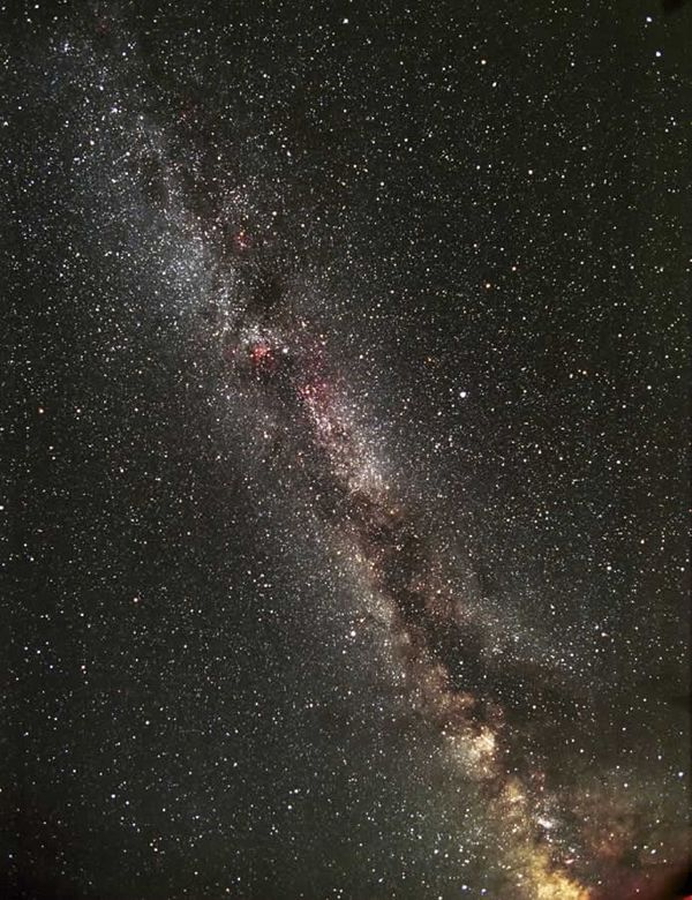Overview
Our unique perspective from within the Milky Way gives us the ability to spectroscopically observe individual stars in all of its major structural components: the bar, bulge, and disk. However, even in our neighbor, M31, observing individual stars in its inner regions is impracticable due to crowding, and we must use integrated light to identify stellar populations. To date, the properties of a given structure within a galaxy are often measured in a region where that structure dominates the total light. To combat this, we have developed a novel framework to disentangle multiple co-spatial stellar populations from single integrated light spectra. The APOGEE survey observed ~1000 locations in the inner ~7 kpc of M31 as well as ~20 star clusters in M33. Our analysis uses full spectrum fitting with custom empirical SSP templates made from Milky Way stars observed by APOGEE. In M31 we were able to characterize the co-spatial bar and bulge, as well as identify a co-spatial “thick” and “thin” disk component in the north, where the kinematics of the stellar populations are correlated with their distinct chemistry. In M33 we have measured ages and alpha abundances of some globular clusters with the hope of identifying a merger event that may have brought these clusters into the galaxy. Our findings will help guide future galactic evolution models by identifying the typical substructures found in Milky Way-like galaxies. This approach is the next step in stellar population modeling, as we strive to understand external galaxies with a Milky Way-level of detail.
